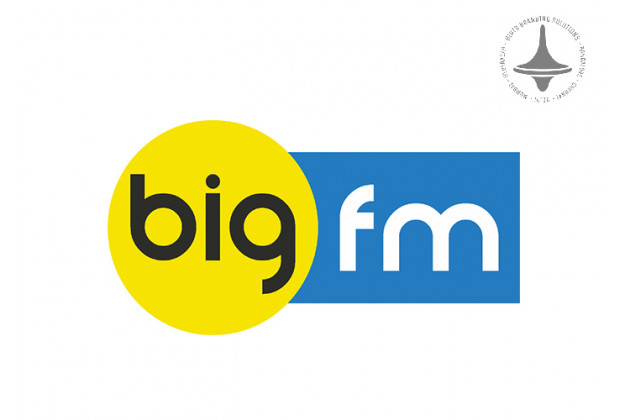AI | Unlocking Deep Consumer | Insights | Advertisers | Digitally
-1140x300w.jpg)
In today’s hyper-competitive digital landscape, understanding the customer is more than a luxury—it’s a necessity. With billions of data points generated every day across online platforms, traditional methods of gathering consumer insights are no longer sufficient. Enter Artificial Intelligence (AI): the game-changing technology that's enabling advertisers to dig deeper than ever into consumer behavior, preferences, and motivations. But how exactly is AI unlocking these powerful insights? Let’s dive in.
1. Real-Time Data Processing for Instant Insights
AI excels at processing massive volumes of data at lightning
speed. For advertisers, this means being able to analyze user
interactions—clicks, searches, purchases, social engagements—in real-time.
AI-driven analytics platforms can identify patterns and anomalies instantly,
allowing brands to adjust campaigns on the fly for maximum relevance and
impact.
SEO Tip: Target keywords like real-time consumer
insights and AI data analysis tools.
2. Hyper-Personalization Through Predictive Analytics
Modern consumers expect tailored experiences. AI algorithms
use predictive analytics to anticipate what a customer might want next based on
past behavior. Whether it's recommending a product, personalizing an ad, or
optimizing email subject lines, AI ensures messaging resonates on an individual
level.
Example: Netflix and Amazon have set the gold
standard for using AI to predict consumer preferences and enhance user
engagement.
3. Sentiment Analysis for Emotional Understanding
AI doesn’t just track what consumers do—it’s learning why
they do it. With sentiment analysis, AI scans social media posts, product
reviews, and customer feedback to determine how people feel about a brand,
product, or campaign. This emotional intelligence enables advertisers to align
messaging with customer moods and values.
SEO Tip: Integrate phrases like AI-powered
sentiment analysis and emotional marketing insights.
4. Audience Segmentation Like Never Before
Gone are the days of basic demographic targeting. AI allows
for micro-segmentation based on behavior, psychographics, purchase intent, and
even lifestyle preferences. Advertisers can now craft niche campaigns that
speak directly to sub-groups of their target audience—boosting both engagement
and ROI.
5. Voice and Visual Search Analytics
With the rise of smart speakers and visual discovery
platforms like Pinterest, consumer search behavior is evolving. AI is powering
tools that help advertisers understand how people use voice and images to find
products—offering another layer of insight into consumer intent and trends.
SEO Tip: Use keywords such as AI in voice search
and visual search marketing strategies.
6. Campaign Performance Optimization
AI tools not only help in understanding consumers but also
in enhancing campaign performance. Machine learning models can predict which
creatives, channels, and times are most effective, enabling continuous A/B
testing and real-time optimization. The result? More efficient ad spend and
better returns.
7. Data-Driven Creative Decisions
Creative development has always relied on intuition—but AI
is changing that too. By analyzing which visuals, copy styles, and formats
resonate best with different segments, AI empowers creatives to design ads
backed by data. The result is emotionally compelling content that actually
performs.
Conclusion: AI as a Strategic Ally for Advertisers
Artificial Intelligence is no longer just a buzzword—it’s a
strategic necessity. From hyper-personalization to real-time analytics, AI
provides advertisers with a 360-degree view of the consumer landscape. Brands
that embrace these technologies aren’t just keeping up—they're leading the
charge toward smarter, more effective advertising.
Elyts Advertising and Branding Solutions | www.elyts.in (India) | www.elyts.agency (UAE)






















Leave a Comment